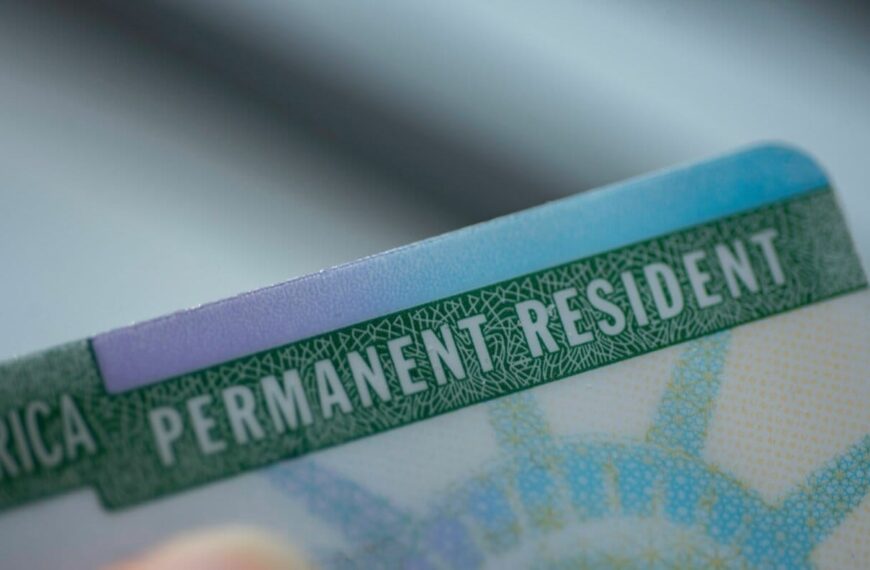New Bill Aims to Limit Asylum Claims in Major Reform
The recent introduction of a new bill represents a significant shift in the landscape of immigration policy, particularly concerning asylum claims. This move has been met with mixed reactions from various stakeholders, including immigration advocates, lawmakers, and affected communities. The proposed legislation aims to streamline the asylum process and impose stricter criteria on applicants, sparking a nationwide debate on the future of asylum in the United States.
Understanding the Bill’s Objectives
The primary intent of the new bill is to limit the number of asylum claims made by individuals entering the country. By establishing tighter requirements, the bill seeks to reduce what some lawmakers perceive as an overwhelming influx of claims that have strained the immigration system. The key objectives of this legislation can be summarized as follows:
- Imposing stricter eligibility criteria: The bill aims to define more clearly who qualifies for asylum, focusing on individuals with credible fear of persecution based on race, religion, nationality, political opinion, or membership in a particular social group.
- Streamlining the application process: By introducing measures to expedite the processing of claims, the bill intends to alleviate the backlog in the immigration system.
- Enhancing security measures: The legislation also emphasizes the need for robust security protocols to address concerns about potential fraud in asylum claims.
These changes are crucial in the current climate, where the immigration system faces mounting pressure from rising numbers of asylum seekers.
The Implications of the Bill
The implications of this new legislation are far-reaching and could significantly impact the lives of many individuals seeking refuge in the United States. Here are some key considerations:
- Potential Reduction in Asylum Grants: With stricter criteria, it is likely that fewer individuals will qualify for asylum, particularly those who may not have concrete evidence of persecution.
- Increase in Legal Challenges: The introduction of new standards may lead to increased litigation as individuals challenge the bill’s provisions in court, potentially delaying the resolution of their cases.
- Impact on Vulnerable Populations: Many asylum seekers come from vulnerable backgrounds. The bill’s limitations may disproportionately affect those fleeing violence, persecution, or instability in their home countries.
The proposed reforms have reignited discussions around the effectiveness of the current asylum system and whether it adequately protects individuals in need of refuge.
Reactions from Various Stakeholders
The reaction to the proposed bill has been polarized, with strong opinions on both sides of the debate:
- Supporters: Proponents argue that limiting asylum claims is essential for national security and managing resources effectively. They believe that this bill will deter individuals from making false claims and ensure that genuine asylum seekers receive the attention they need.
- Opponents: Conversely, critics argue that the bill undermines the right to seek asylum, which is a fundamental principle of international human rights law. They express concerns that by limiting access to asylum, the U.S. may be turning away those who are genuinely in danger.
This divide highlights the complexities of immigration reform and the need for balanced approaches that consider both security and humanitarian concerns.
The Future of Asylum in the United States
As discussions around this bill continue, the future of asylum in the United States remains uncertain. The proposed changes could lead to a significant overhaul of the current system, which has already been under scrutiny for its inefficiencies and backlog issues.
Moving forward, it will be crucial for lawmakers to engage in constructive dialogue and consider the implications of such reforms on human rights and international obligations.
In light of the bill, several key areas will require ongoing attention:
- Monitoring Implementation: If passed, the bill’s implementation will need to be closely monitored to assess its impact on asylum seekers and the immigration system as a whole.
- Legal Framework: The potential for legal challenges will necessitate a robust legal framework to handle disputes arising from the new criteria.
- Community Support Systems: As the asylum process evolves, community organizations will play a vital role in supporting affected individuals.
Ultimately, the discussions surrounding this legislation reflect broader conversations about immigration and the values that shape U.S. policy. As the situation develops, stakeholders must remain vigilant and engaged to ensure that the rights and needs of asylum seekers are adequately addressed.
In summary, while the new bill aims to limit asylum claims in a bid to reform immigration processes, it also raises critical questions about fairness, humanity, and the U.S. commitment to protecting those in need. As the debate unfolds, it will be essential to balance the need for security with the obligation to uphold human rights.










